The logs that Charles Ingalls used to build the little house on the prairie did not belong to him but to the Osage Indians, says Laura Ingalls Wilder biographer Caroline Fraser. It was an act of theft, though it certainly wasn’t seen so at the time. The “Little House” series encapsulates the “very strange” attitude whites of the era had towards native Americans.
Video Features
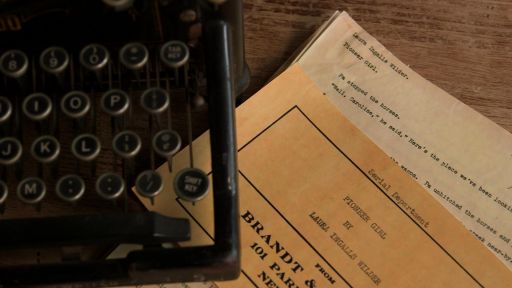
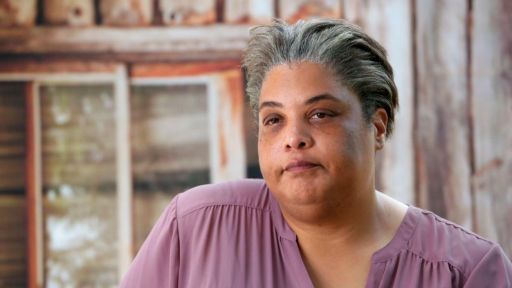
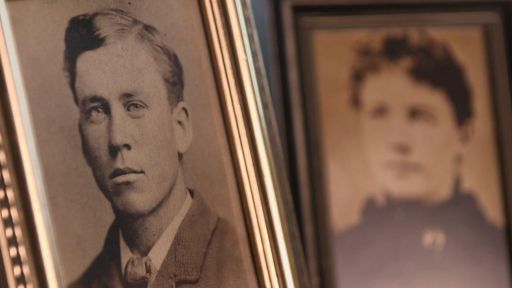
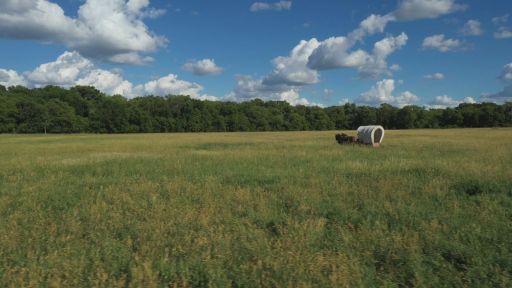
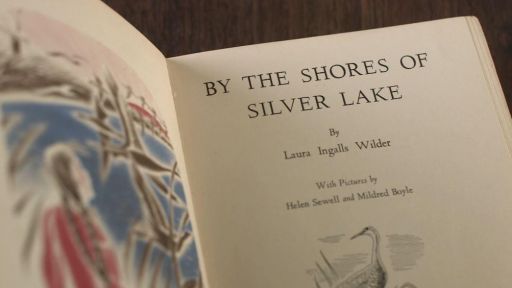
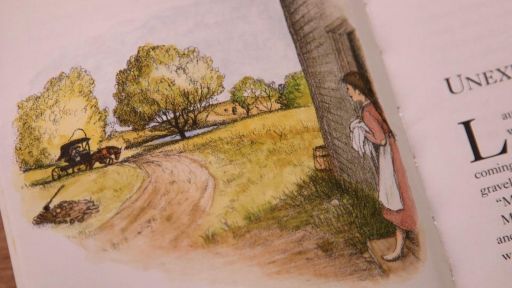
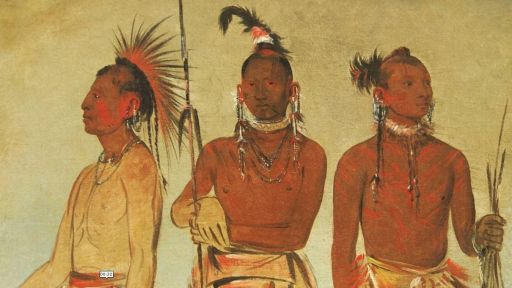
Written Features
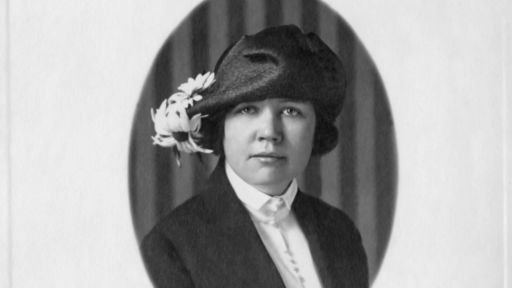

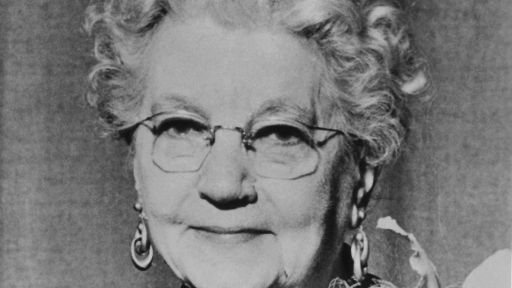
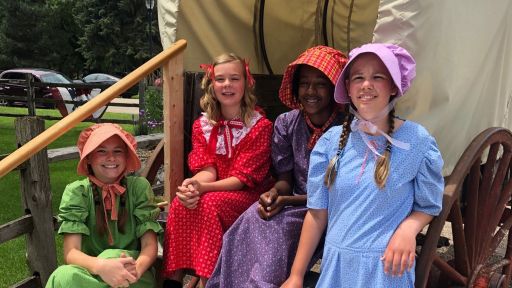
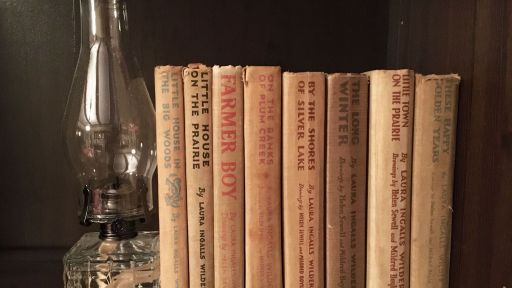

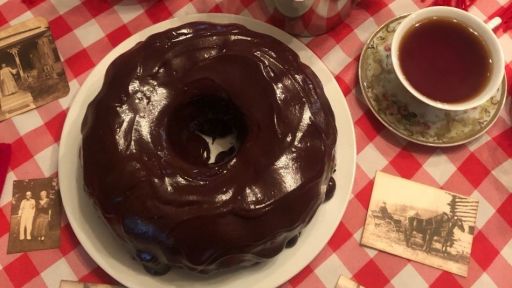

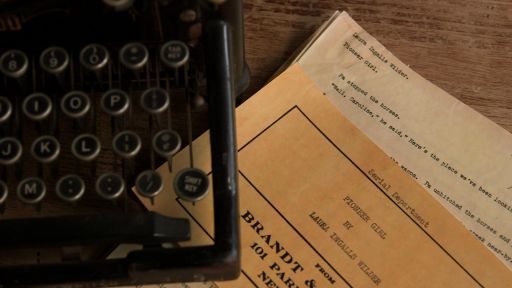
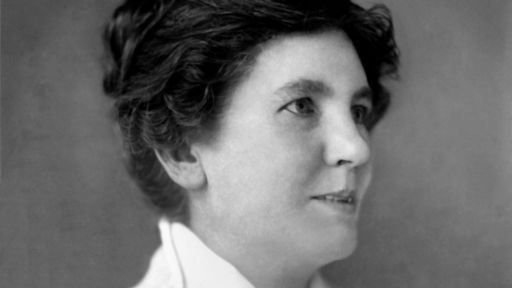

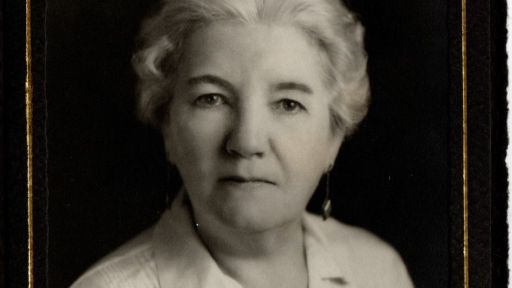

Quizzes & Games
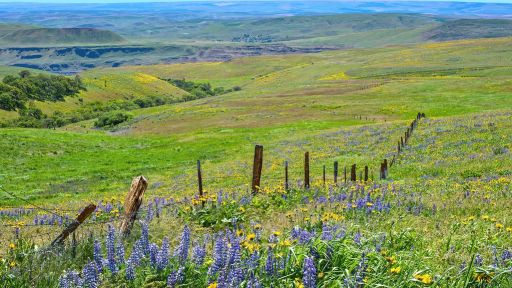
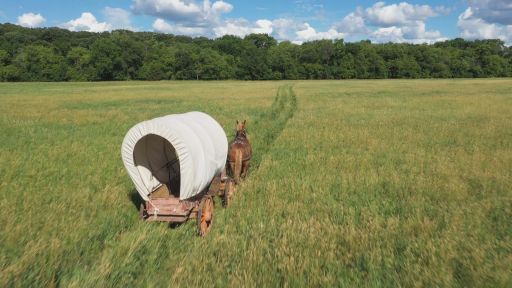

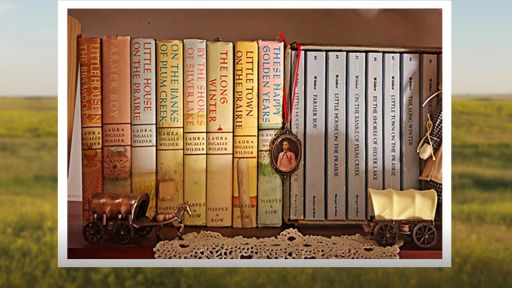
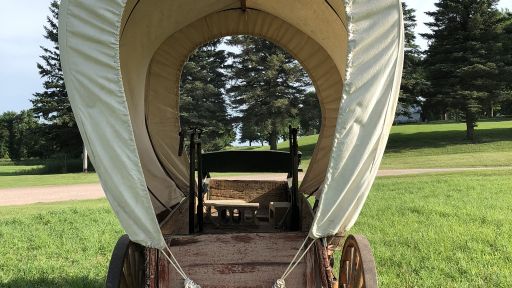
- [Narrator] Laura is two.
The Ingalls leave the log cabin, bound for Kansas.
- [Tess Voiceover] 'Pa stopped the horses and the wagon they were hauling away out on the prairie in Indian territory.
'Well, Caroline,' he said, here's the place I've been looking for.'' - [Narrator] Charles and his family settle near independence, Kansas, where their third daughter, Carrie, is born.
- They settle on land that it's pretty clear he knew was not available for white settlement.
At that time, it belonged to the Osage Indians.
The logs that Charles Ingalls used to build the little house on the prairie did not belong to him, they belonged to the Osage.
It was an act of theft.
Certainly wasn't seen so at the time by people like Charles Ingalls, but now it's quite clear that it was.
(soft music) - The idea that this was empty space, it was shocking to me that I hadn't noticed that, but I was a child.
So this is how children read it.
They read these books with a complete sense of storytelling and faith in these books.
- [Narrator] 'Little House on the Prairie,' Wilder's third novel, would describe her family's time in what she called Indian Country.
- Also portrays the child Laura as having a fear, but also a deep fascination with what she describes as these wild people who were completely different.
That kind of encapsulates the very strange attitude that whites had at that time towards these people, as if they were, first of all, not people, that they were something that could be had for the taking.
That is one of the things that makes that novel I think one of the most important documents about the history of that time.
